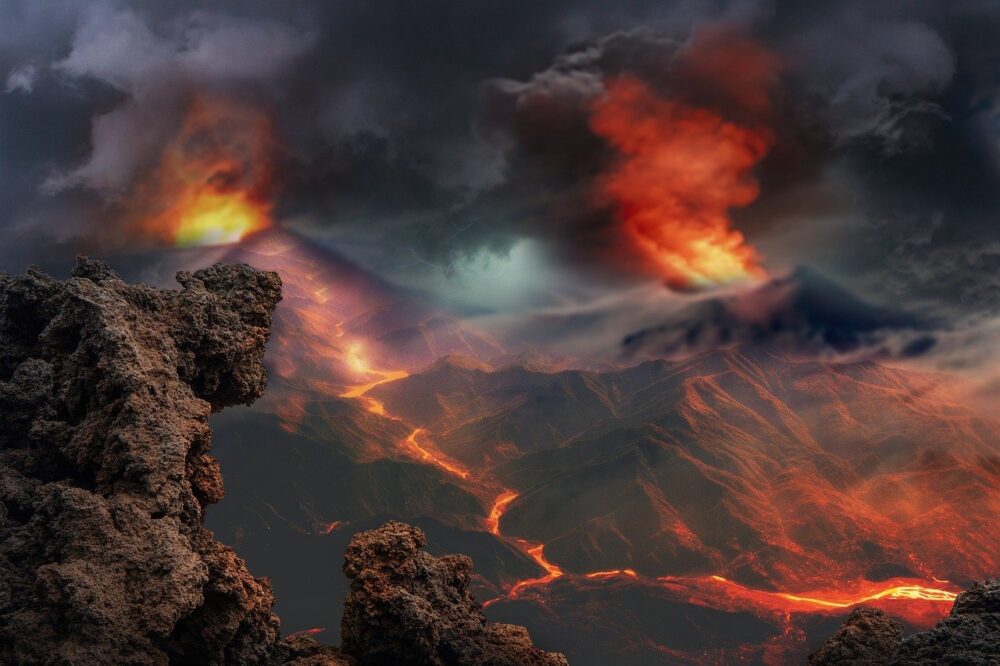Approximately 252 million years ago, the Permian-Triassic Mass Extinction was the deadliest event to ever take place in Earth’s 4.5 billion-year history. Over the course of 15 million years, the “Great Dying” wiped out nearly 70 percent of terrestrial plant and animal species and over 95 percent of marine species. It consisted of three phases which eventually increased the average global temperature by an estimated 10 degrees Celsius or 50 degrees Fahrenheit.
High levels of volcanism in Siberia marked the first phase. These extensive eruptions rocked the planet for about one million years and produced enough lava and debris to cover an area the size of the United States. Enormous amounts of greenhouse gases (carbon dioxide, methane, etc.) were propelled into the atmosphere, increasing the average global temperature by about four degrees Celsius. This increase may seem insignificant, but as temperatures rose, biotic factors like metabolism, reproduction, and homeostasis and abiotic factors like climate, weather, and resources became unbalanced. Nature exists in a delicate balance; species unable to adapt perished.
Nature exists in a delicate balance; species unable to adapt perished.
The second phase involved the abrupt death of almost all marine life. As volcanic activity raised global temperatures and carbon dioxide levels, the ocean experienced a massive chemical imbalance. Increasing ocean temperature and acidity killed nearly all marine life. As oceans heated up, water molecules moved faster, allowing more dissolved oxygen to escape. Without enough oxygen, widespread suffocation of nearly all marine life occurred.
The warmer water paved the way for the final phase. Methane-hydrate traps are ice-like solids that consist of methane and water. These traps existed beneath the ocean floor for millions of years. The rising temperatures released the traps, raising the temperature of the planet another five to six degrees Celsius. This was the final straw for many remaining species. Life only began to recover after 100,000 years, leading to the age of the dinosaurs.
Experts project that by the year 2100 the average global temperature will have risen 4 degrees Celsius since the early 1800s.
History tends to repeat itself. In the Permian Period, before the extinction event, Earth experienced environmental conditions similar to modern conditions. The increased global temperature ended the widespread biodiversity and warm, moist climate. Experts project that by the year 2100 the average global temperature will have risen 4 degrees Celsius since the early 1800s. That same change previously took place over one million years. There is still time to turn things around. If we don’t, this ancient extinction may happen again and we could experience a second Great Dying.
Nature (2020). DOI: doi.org/10.1038/d41586-020-01125-x



Very informative and eloquent.
Very informative!!!
Science speaks for itself.
So that history doesn’t repeat itself, let us all take the above comments very seriously and get to work. Thank you Evan!